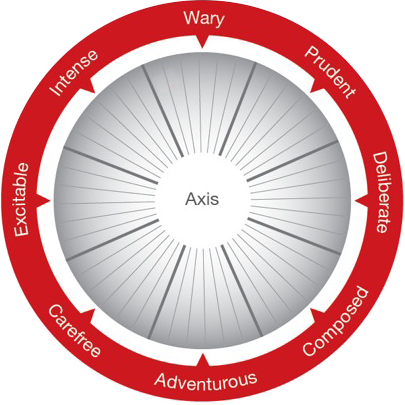5 Ways To Hire More Emotionally Intelligent Leaders
[vc_row][vc_column][vc_column_text css=”.vc_custom_1596745867277{margin-bottom: 0px !important;}”]Many organizations are realizing that emotionally intelligent leaders make a big difference to the success of the teams they lead, and ultimately the organization as a whole. While you can work with existing leaders to develop their EQ, another way to get more emotionally intelligent leadership is to make sure that new leaders you recruit already have high levels of EQ. Not sure how to do that? Here are five ways you can tune your recruitment process to get more emotionally intelligent leaders.
1. Understand the EQ profile for the position
It would be great if everyone had a high level of EQ across the board, but the reality is that people tend to have certain EQ strengths, and areas where they could grow and develop more. By understanding the requirements of the role better, you can identify the areas of EQ that are essential elements for success, and those that are nice-to-have’s. For example, you might need someone who is very internally driven and ambitious, in which case you would want to see high levels of Self-Actualization. Similarly, you might be looking for someone who is a pro at troubleshooting client service issues, which means you might look for exceptional levels of Empathy, Reality Testing, and Problem Solving skills. The best way to understand the requirements for a position is by talking to someone who is actually doing the role (what are referred to as Enacted Job Characteristics), so if you have that luxury, that’s the best place to start.
2. Increase EQ awareness in anyone involved in the recruitment process.
Increasing awareness of EQ easy to do. My advice to clients is to first pick a model of emotional intelligence on which to build their knowledge, and take it from there. The model I choose in my work is the EQ-I 2.0 Model of Emotional Intelligence, though there are others. Using a model gives people a structure on which to build their knowledge, a language if you like, to think and talk about emotional intelligence. Awareness can be further increased through reading books about EQ, working with an EQ coach, using assessments, or attending workshops or seminars.
3. Integrate emotional intelligence elements into job descriptions, job postings etc.
I know from experience that many job ads tend to be uninspiring and focused on the features of the job rather than the benefits. It would be fair to say that while some organizations do a great job of job ads, many could use some help. Emphasising the emotional intelligence requirements and aspects of the role will help prospective candidates know what you are looking for, it will likely also attract those candidates who are interested in a more emotionally intelligent workplace.
4. Ask EQ Related Questions in Interviews
Chances are you’re already using behavioural interview style questions in your interviews. You can often explore a candidate’s emotional intelligence by simply ‘tuning’ those questions. For example, you might ask them about a time they experienced a really stressful situation and how they reacted to it. This not only helps you understand their reaction to stress, it will also point to the kinds of situations they find stressful. Both very useful pieces of information in the selection process, and good ways to learn about their EQ.
5. Take emotionally intelligent references
Your quest for information on a candidate’s EQ should also be part of the reference taking process. As with the interview, craft questions that ask referee’s to reflect on emotional intelligence. Here again you can use elements of the behavioural interview approach by asking referees to provide examples of behaviour and actions related to emotional intelligence.
Ultimately the goal of any recruitment process should be to find the right person for the job. If you are looking for more emotionally intelligent, and more emotionally effective, leaders, then the recruitment process is the best place to start that search.[/vc_column_text][/vc_column][/vc_row]





